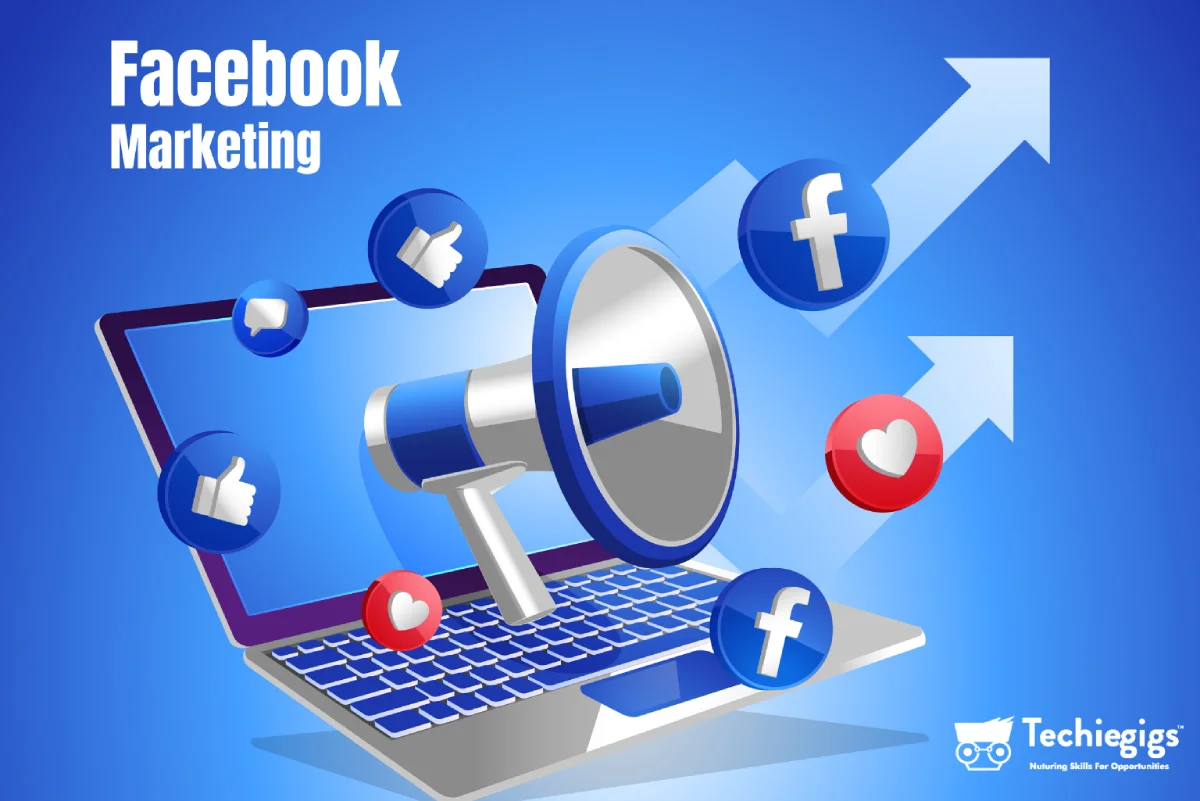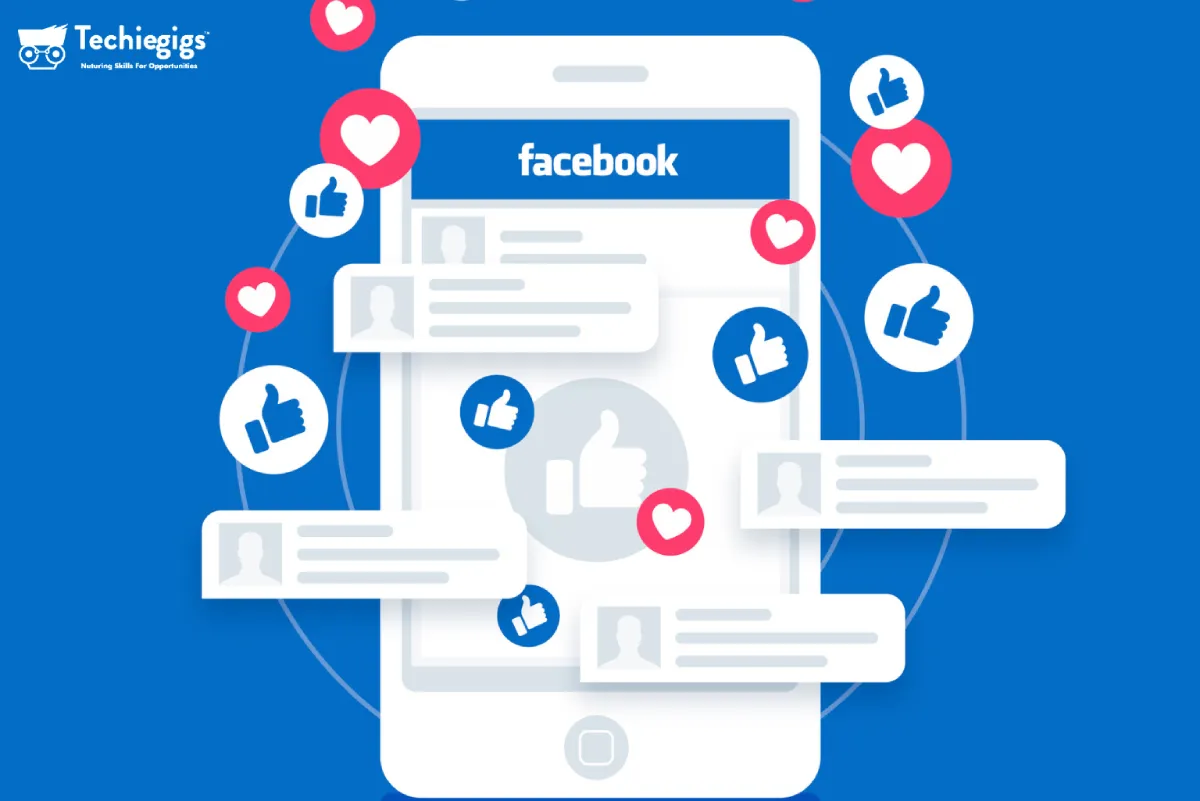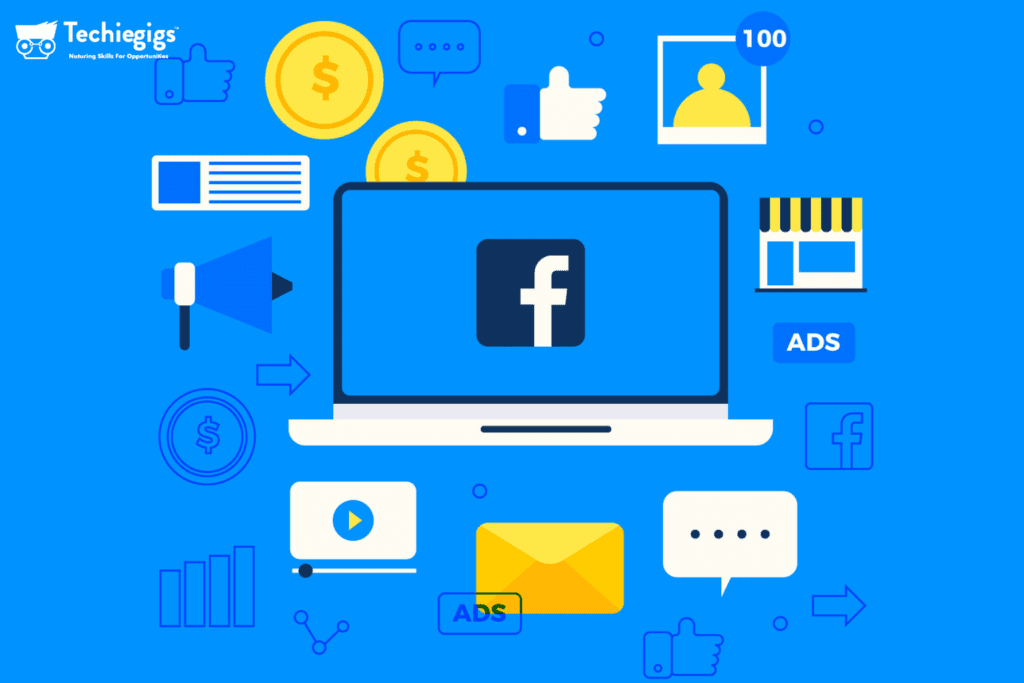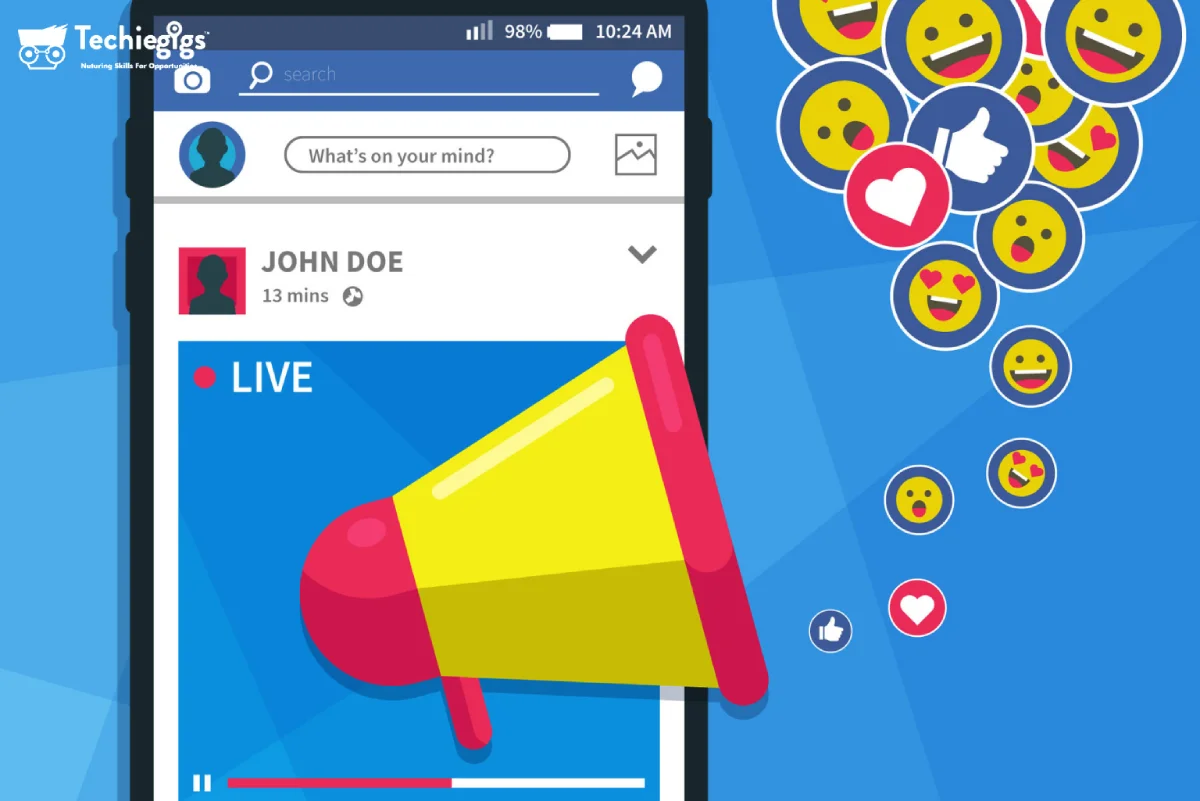The Ultimate Guide to Facebook Marketing

In today’s digital age, social media platforms have become powerful tools for businesses to connect with their audience, build brand awareness, and drive sales. With its vast user base of over 2.8 billion monthly active users, Facebook remains one of the most influential platforms for marketing. You need a well-thought-out strategy to harness the full potential of Facebook marketing. This ultimate guide to Facebook marketing will walk you through the important steps to create a compelling and result-driven Facebook marketing campaign.
Why Facebook Marketing?
Before diving into the intricacies of Facebook marketing, it’s essential to understand why it’s a must for businesses of all sizes and industries.
- Massive User: With billions of active users, Facebook offers an extensive reach for your brand. No matter your target audience, you’ll likely find them on Facebook.
- Precise Targeting: Facebook’s robust ad targeting capabilities allow you to reach your ideal customers based on demographics, interests, behaviour, and more. This precision ensures that your marketing efforts are directed at those most likely to convert.
- Engagement: Facebook is a platform where users actively engage with content. This makes it an ideal place to interact with your audience, foster relationships, and build a loyal customer base.
- Diverse Ad Formats: Facebook provides various ad formats, from images and videos to carousels and slideshows. This versatility allows you to tailor your content to suit your brand and message.
- Insightful Analytics: Facebook’s analytics tools offer in-depth insights into your campaign’s performance, helping you refine your strategy for better results.
Now that we’ve established why Facebook marketing is essential let’s delve into the steps to create a successful Facebook marketing strategy.
Steps of Facebook Marketing Strategy

Step 1: Define Your Goals
Every successful Facebook marketing campaign starts with clear objectives. What do you want to achieve with your Facebook marketing efforts? Here are some common goals:
- Increase Brand Awareness: If you’re a new business or launching a new product, you might prioritise increasing brand visibility.
- Generate Leads: Are you looking to build a customer database for future marketing efforts? Lead generation might be your primary goal.
- Drive Website Traffic: For businesses with an online presence, directing traffic to your website can be a key goal.
- Boost Sales: Ultimately, many businesses aim to increase their bottom line. Facebook can help drive sales through targeted advertising.
- Improve Customer Engagement: Engaging with your audience can lead to stronger relationships and repeat business.
Identify your primary and secondary goals and specific, measurable Key Performance Indicators (KPIs) for each. These objectives will guide your Facebook marketing strategy and allow you to measure your success accurately.
Step 2: Know Your Audience
Understanding your target audience is key to effective Facebook marketing. Facebook’s targeting options are incredibly powerful, but you need to know who you’re trying to reach to use them effectively. Consider factors like:
- Demographics: Age, gender, location, education, and job titles can all help you narrow down your audience.
- Interests: What are your potential customers interested in? This could be hobbies, brands, or causes they support.
- Behaviour: How do your potential customers behave online? Do they make online purchases, engage with content, or share posts?
- Problem-Solution Fit: What problems does your product or service solve, and how can you tailor your messaging to address these pain points?
Create buyer personas that represent your ideal customers. This will make creating content and ads that resonate with your target audience easier.

Step 3: Create Compelling Content
Content is king in social media, and Facebook is no exception. To capture your audience’s attention, you need to create content that is not only visually appealing but also informative and engaging. Here are some types of content to consider:
- Images: High-quality images that showcase your products or services can be attention-grabbing.
- Videos: Video content, especially short and engaging clips, often performs well on Facebook.
- Carousel Ads: These allow you to showcase multiple products or features in a single ad.
- Stories: Facebook Stories offer a fantastic way to provide a behind-the-scenes look at your business or share short updates.
- Interactive Content: Polls, quizzes, and contests can encourage engagement and interaction with your brand.
Consistency is key when it comes to content creation. Create a content calendar that details what and when you will post. This will help you maintain a regular presence on Facebook and keep your audience engaged.
Step 4: Design and Optimize Your Facebook Page
Your Facebook Page is your brand’s digital storefront on the platform. Make sure it’s visually appealing, easy to navigate, and provides all the necessary information. Key elements to focus on include:
- Profile Picture: Use your logo or a professional image that represents your brand.
- Cover Photo: This is prime real estate for showcasing your products, promotions, or brand messages.
- About Section: Provide a concise yet informative description of your business, including contact information and a link to your website.
- Call-to-Action Button: This button encourages specific actions, such as “Shop Now” or “Contact Us.”
- Reviews: Build trust and credibility by encouraging customers to leave reviews on your Page.
Optimise your Page for search engines by including relevant keywords in your Page name and About section. This can help your Page appear in search results on Facebook and external search engines.

Step 5: Advertising on Facebook
Once you have your goals, audience, and content strategy in place, it’s time to explore Facebook advertising. Facebook offers a range of ad formats to suit different objectives:
- Boosted Posts: These promote your existing Page posts to a wider audience.
- Photo Ads: Single images with a headline, text, and link.
- Video Ads: Engaging videos that can be used for storytelling or product showcases.
- Carousel Ads: Multiple photos or videos in a single ad, ideal for showcasing a range of products.
- Slideshow Ads: Create short video ads using images and text.
- Messenger Ads: Reach users through Facebook’s Messenger app.
- Collection Ads: Display a collection of products for users to browse.
- Lead Ads: Designed for lead generation, these ads include a lead form that users can fill out without leaving Facebook.
When creating Facebook ads, pay close attention to targeting options. Use the audience insights you’ve gathered to target users who are most likely to engage with your content or convert.
Step 6: Monitor and Analyze Performance
Once your Facebook marketing campaign is live, monitoring its performance regularly is crucial. Facebook provides various analytics and insights to help you track how your ads and content are performing. Key metrics to watch include:
- Click-Through Rate (CTR): The percentage of users who clicked on your ad after seeing it.
- Conversion Rate: The percentage of users who completed the desired action, such as making a purchase or signing up for a newsletter.
- Cost per Click (CPC): How much you’re paying for each click on your ad.
- Return on Investment (ROI): The ratio of the profit generated from your Facebook campaign to the cost of running the campaign.
- Engagement Metrics: Likes, comments, shares, and other forms of interaction with your content.
Use these metrics to refine your Facebook marketing strategy. If you need to achieve your desired results, consider adjusting your targeting, ad creative, or budget.

Step 7: A/B Testing
A/B testing, also known as split testing, is a vital practice in Facebook marketing. It involves creating multiple variations of your ads or content to see which performs best. You can test different elements such as:
- Ad Copy: Try different headlines, ad text, and calls to action.
- Images or Videos: Test different visuals to see which resonates most with your audience.
- Targeting Options: Experiment with varying audience segments to find the most responsive group.
- Ad Placement: Test whether your ads perform better in the Facebook News Feed, Stories, or on Instagram.
By systematically testing these elements, you can continually improve your Facebook marketing strategy and maximise your return on investment.
Step 8: Stay Updated with Facebook’s Features
Facebook is continually evolving, and new features are regularly introduced. Stay informed about these changes and adapt your strategy accordingly. Some features that have had a significant impact on Facebook marketing in recent years include:
- Facebook Shops: Allows businesses to set up an online store on their Facebook Page and Instagram profile.
- Live Video: Live streaming has become a powerful way to engage with your audience in real time.
- Messenger Chatbots: Use chatbots to automate customer interactions and provide quick responses.
- Augmented Reality (AR) Ads: These interactive ads allow users to try products virtually before purchasing.

Step 9: Engage with Your Audience
Engagement is a two-way street. While creating content and ads to engage your audience, responding to comments, messages, and feedback is equally important. Actively engage with your followers to build a community around your brand.
Step 10: Budget and Scaling
Start with a reasonable budget for your Facebook marketing efforts. As you gain insights and see positive results, consider scaling up your budget to reach a broader audience. Be mindful of your ROI and ensure that increased spending leads to increased returns.
Conclusion
Facebook marketing is a dynamic and ever-evolving field, but with a solid strategy and ongoing optimisation, you can harness the platform’s power to achieve your business goals. Remember to set clear objectives, understand your audience, create compelling content, and utilise Facebook’s advertising tools and analytics. By following these steps and staying updated with the latest trends, you’ll be well on your way to mastering Facebook marketing and driving success for your business.
